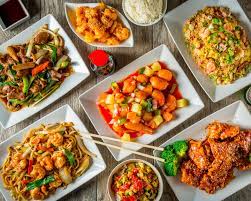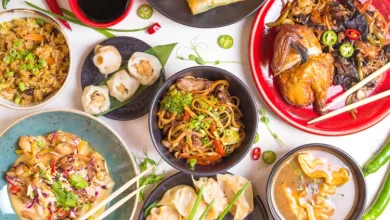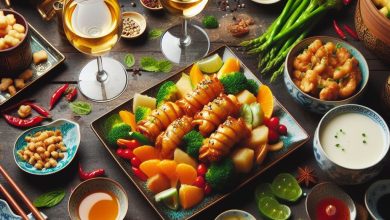The Culinary Tapestry of China: A Delectable Journey through Chinese Foods
Chinese Foods
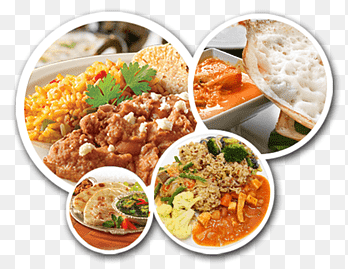
Introduction:
One of the most renowned and varied culinary traditions in the world is found in China, a country known for its large and varied environment. Chinese food has a millennium-long history and has developed into a diverse array of tastes, textures, and cooking methods. China’s food scene provides a trip across its history and regions, from the hot spices of Sichuan to the exquisite dim sum of Cantonese cuisine. This article explores the complex world of Chinese cuisine, looking at its cultural significance, many regional variants, and the creativity that goes into creating this popular cuisine across the world.
Cultural Significance of Chinese Cuisine:
Chinese food is influenced by historical customs and cultural traditions, and it reflects the idea of harmony between flavors, colors, and textures. Chinese culture places a strong emphasis on food as a symbol of social harmony, family, and community. Family-style sharing of traditional Chinese meals promotes a sense of cohesion and solidarity.
Chinese culinary concepts embody the notion of Yin and Yang, signifying the equilibrium of opposites. To create a filling and nourishing meal, the symphony of flavors—sweet, sour, bitter, spicy, and salty—is meticulously harmonized. Selection of ingredients is based on perceived health advantages as well as flavor, in line with traditional Chinese medicine views of food as medicine.
The Regional Diversity of Chinese Cuisine:
Due to its enormous size, China is home to a wide variety of culinary traditions, each with its own special ingredients, tastes, and cooking methods. Four major culinary areas may be distinguished in general within the nation:
- Northern Cuisine (Lu Cuisine):
- renowned for its filling wheat-based cuisine.
Noodles and dumplings (jiaozi) are important ingredients.
Beijing’s well-known delicacy, peking duck, is a representation of the best cuisine in the north.
- renowned for its filling wheat-based cuisine.
- Southern Cuisine (Yue Cuisine):
- highlights the usage of seafood with rice.
Cantonese food is a notable example, since it is renowned for its fresh tastes and dim sum.
Southern favorites are BBQ prepared in the Hong Kong manner and many varieties of congee.
- highlights the usage of seafood with rice.
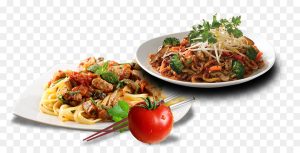

- Eastern Cuisine (Huaiyang Cuisine):
features a careful presentation and subtle nuances.
The provinces of Jiangsu and Zhejiang are well known for their freshwater products, including fish and crab.
Often, dishes are seasoned just enough to bring out the natural tastes.
- Western Cuisine (Chuan Cuisine):
- Distinguished by strong, hot tastes.
Sichuan peppercorns and hot chili peppers are often used in Sichuan cuisine.
The region is known for its signature meals, mapo tofu and hot pot.
- Distinguished by strong, hot tastes.
Dim Sum: A Culinary Symphony:
In bite-sized quantities, dim sum, a classic Chinese culinary art form, offers a wonderful mix of tastes and textures. Dim sum is a cuisine that originated in Southern China’s Cantonese-speaking areas and has become a beloved dining experience across the world.
The dim sum menu has a wide selection of carefully and artistically prepared dumplings, buns, rolls, and other meals. Dim sum is a social event that is typically shared with family and friends rather than just a meal. Tea, a crucial component of the dim sum experience, is chosen with care to balance the variety of flavors in the food.
Sichuan Cuisine: The Fire and Fury of Flavor:
Originating in the southern region of Sichuan, Sichuan cuisine is well-known for its robust and nuanced tastes. Sichuan peppercorns add a distinct numbing effect that balances the intense heat of the chili peppers. A multifaceted culinary experience is produced by the harmonic blending of umami, sour, salty, and sweet flavors found in Sichuan cuisine.
The Art of Chinese Tea Culture:
With a millennium of history, Chinese tea culture is an essential component of the nation’s culinary legacy. In China, tea is more than just a beverage—it’s a representation of social connectedness, hospitality, and respect. The technique of making and drinking tea is the focus of traditional Chinese tea rituals, which also emphasize the value of appreciation and awareness.
Conclusion:
Chinese cuisine is a gastronomic adventure intertwined with history, customs, and taste creativity. The rich and varied food of China, from the opulence of Peking duck to the spicy joys of Sichuan cuisine and the subtle nuances of dim sum, provides a sensual journey through the senses.
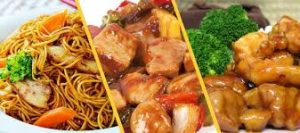
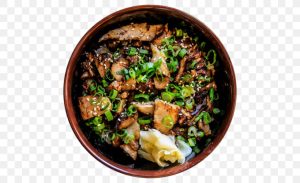
Chinese food is a celebration of life, community, and the art of feeding rather than merely a means of subsistence. The palette becomes a canvas painted with a spectrum of tastes as one navigates the complex world of Chinese cuisine, with each dish expressing a tale of cultural history and culinary skill.


